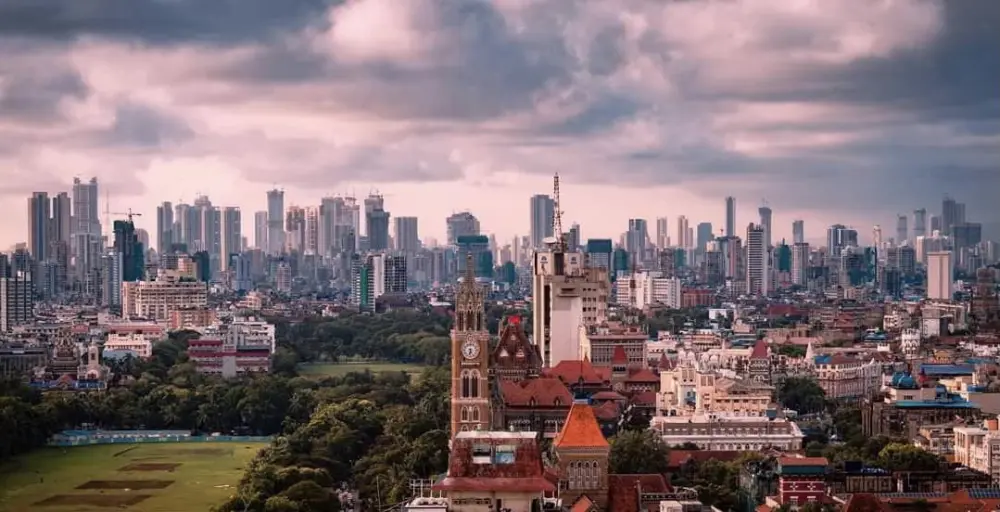Mumbai Lost 40 Percent Green Cover in Past 27 Years Amid Rapid Urbanisation, Study
Rapid urbanisation and land-use changes have resulted in many environmental issues such as declining green cover and rising average temperature in the city
Humans have increased anthropogenic activities to achieve their selfish ends without any regards to the environmental cost. A study has stated that Mumbai has lost 81 percent of its open land space, 40 percent green cover and nearly 30 percent of its water bodies in the past 27 years amid rapid urbanisation that increased by 66 percent during the same time.
The study revealed that the city witnessed a 2-degree Celsius average temperature rise between 1991 and 2018. It said that the current rate of urbanisation and landscape transformation will further fuel the Urban Heat Island (UHI) intensity in the city.
Published in the Springer Journal of the Indian Society of Remote Sensing, the study was conducted by researchers from the faculty of Natural Sciences, Jamia Millia Islamia in New Delhi, Osmania University in Hyderabad and Aligarh Muslim University in Uttar Pradesh.
Researchers studied an area of 603 sq. km of the Mumbai region using satellite imagery to understand the land-use and land-cover alterations, comparisons between average temperatures, land surface temperatures, vegetation cover changes and density of urbanisation between 1991 and 2018.
The UHI effect is a micro-climate phenomenon, which can cause one to experience extreme heat when strolling through any urban landscape. It can be caused by several factors, but the most prominent is the usage of concrete building material.
According to Atiqur Rahman from the Department of Geography, Faculty of Natural Sciences, Jamia Millia Islamia;
This will not only deteriorate the urban thermal environment but also increase the serious risks to health for city dwellers. This rise in heat intensity in Mumbai is linked to the declining green cover in the city, which is the result of the large-scale transformation of the green cover into built-up land for the infrastructural development in the city.
The findings of the study can help map the proper course of action to deal with the rapidly changing land-use scenario in the city. It can offer useful insights into the process of urban planning and policy makings for urban spatial planning and UHI mitigation strategies.
Via: The Hindu



